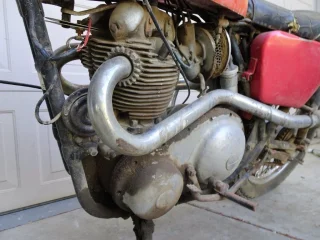N
nortonspeed
Guest
Why should you use a ball bearing in the first place if you can get the best available layshaft bearing around: a roller bearing with E specification (like the superblend 306E crankshaft roller bearing). For example a FAG NJ203E layshaft bearing will take far more load then any other ball bearing (or roller bearing without E specification), provides easy removal of the layshaft/gears and some (possible) side float of the layshaft/gears for smooth engagement.

